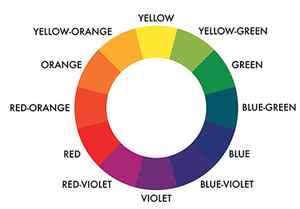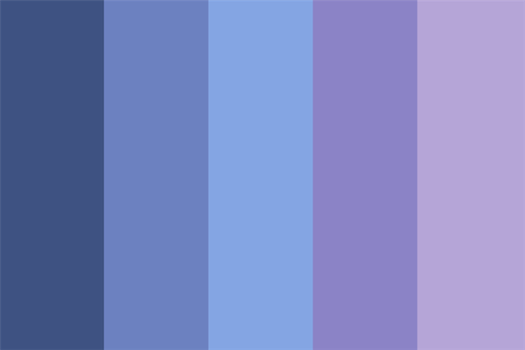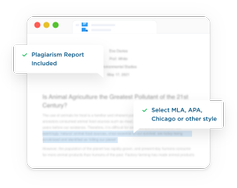If you’re looking for more inspiration about drawing and art, check out this guide on contour line art, and this exciting list of drawing ideas.
The Color Brown Meaning

Does the color brown sound a bit plain and boring for you? Think about brown form your customers point of view. Is it a color that draws people to your product or services? What would the average person associate with the color brown?
If your web site is aimed at tree surgeons or farmers then brown may well be the color to consider. Brown comes in various shades and generally exists by the combination of 2 colors.
How to make the color brown
What makes the color brown? Brown is an incredible color as pretty much every color can make brown!. You can take primary colors, mix in equal parts red, blue, and yellow and make brown. Alternatively you can add black to give it a richer shade or depth. If you want to give the brown even more depth, mix in a hint of white as well.
You can also use several combinations of colors to get a brown. For example mixing together orange and blue, yellow and purple, or red and green. Brown can come in various forms and shades. Familiar browns include beige, chestnut, chocolate, khaki, tan and taupe. But how can you make the colors and shades from other colors?
So what colors make brown? Most colors mixed together will give you some shade of brown. Nix it with white or black and you will lighten or darken the brown. If you have more than the primary colors then you can mix brown with just 2 colors.
What two colors make brown?
If you are wanting to know what colors to mix for brown you have a large choice. Almost every color in the right proportion can give you a form of brown. This is how I make brown color sing a 2 color combination.
Time needed: 5 minutes
How to make the color brown with 2 colors
- Mix red and green Brown can be made if you mix red and green (of course you will need to mix yellow with blue to get green, if you don’t have green)
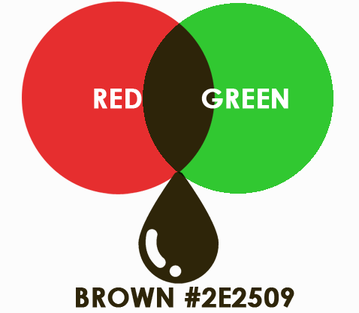
- Mix blue and orange Brown can be made if you mix blue and orange (of course you will need to mix yellow with red to get orange, if you don’t have orange)
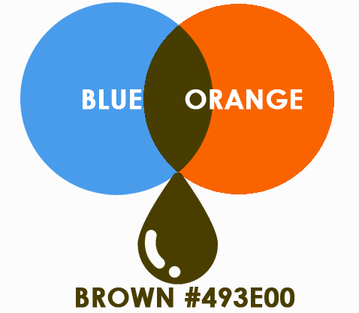
- Mix yellow and purple Brown can be made if you mix yellow and purple (of course you will need to mix blue with red to get purple, if you don’t have purple)
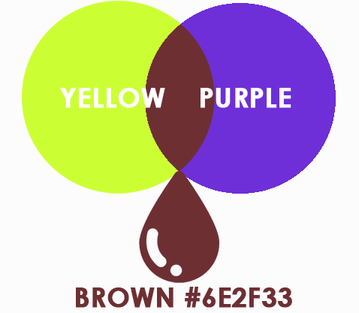
Meaning of color brown
The meaning of brown. That’s a tricky question as it has extreme meanings considering ti’s a natural color. So without going any further, let’s look in detail at the meaning behind the color in question, the natural color brown.
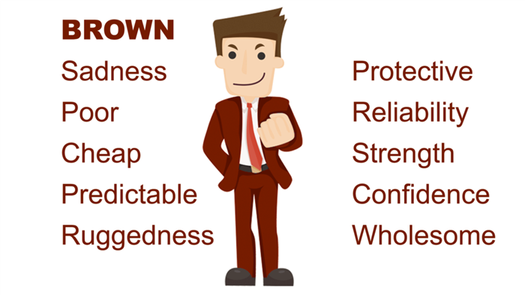
What Colors Make Brown?
Color can be tricky to understand because it is not inherently part of an object but instead depends on the human eye’s ability to translate light into what the brain perceives as color. Brown in particular can be confusing since it’s a composite color, and our perception of it is dependent on other factors. So when you are thinking about what colors make brown, the answer is: it depends.
The eye contains cone-shaped cells, which work with the attached nerves to translate short (blue), medium (green), and long wavelengths (red) of light into what is then perceived color by the human brain. The eye also possesses rod shaped cells, which process black and white light wavelengths. Nearly everything we see is not a pure color on the light spectrum, which is why we see as many colors as we do, and even see shades of commonly recognized colors.
When you think about seeing those not-pure colors, it makes sense to say that we will see a combination of yellow and red wavelengths as orange. We see brown when so many wavelengths are present that our brain can’t interpret it as one color over another.
The light also affects the saturation, or how bright or dull the color is, and the lightness, or how light or dark it is, depending on what other wavelengths are present in smaller variations. This changes our perception so that we may see a different “shade” of brown.
You may have noticed that the easiest way to make the color brown is by mixing a bunch of other colors together and it’s true that by doing this you do eventually do make brown.
Therefore, in order to make brown in painting, printing, and digital art, you need to combine colors. You can create brown from the primary colors red, yellow, and blue. Since red and yellow make orange, you can also make brown by mixing blue and orange. The RGB model used for creating color on screens like the television or a computer uses red and green to make brown.
The amount of each color combined can change the shade of brown, since this mimics the idea of saturation and lightness, and changes how we perceive the color. You can also add in more colors or change the proportions to change the shade, which we will go over later.

How to Make Brown
What two colors make brown? It depends on which shade of brown you’re aiming for! In this section, we’ll go over how to mix various shades of brown, assuming you are using paint. Keep in mind that people do see colors differently, and brown in particular can be subjective. You may see or describe the following shades of brown differently than another person.
Basic Brown
In order to first create a simple medium brown, you should combine red, yellow, and blue. You can also mix orange and blue if you have orange available. Each color should be added in equal proportion. This should create a medium shade of brown.
If you don’t like how it looks, you can change up the proportions, but for the most simple, straightforward brown, they should be equal. I like this method since it works with primary colors, and you won’t find yourself adding and mixing forever and not knowing what you’re going to get.
This also makes it easier to change the color, since you can just add more or less of what you already have in there. You don’t have to only work with your primary colors, the fun part about brown is that everything you mix kind of eventually turns to brown anyway, but if you’re mixing to get a shade and not just playing around, you want to keep track of what’s in your mixture. Remember, you can also make a “basic” brown with black and orange, or blue and orange.
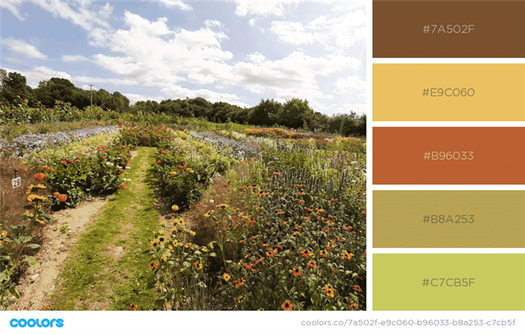
Tan
Like beige, tan is a very light shade of brown that requires brown to be mixed with a lighter color. Tan is closer to classic brown than beige, and doesn’t have the pinkish tint of beige. Make tan by adding more yellow to brown. You can also add a little bit of white, but you want to stay away from the very light almost pink shade, so don’t add any red if you do add white.

Beige
Beige is a very light brown, so in order to make beige, you have to mix in white. It’s easiest in this case to add the brown to the white, not the other way around. This way, you can add the brown slowly as you go instead of having to start over if you go too light. Beige also has a slight pink tint, so you should add in a dab of red as well. If you think your beige has gotten too dark, you can always lighten it back up by adding more white, or some yellow. You can also darken it by adding more brown or blue.
French bulldogs are often beige
Espresso
Making this dark brown means adding colors that are darker than your primary colors. So, to get a darker brown from the get-go, you can include more red and blue than yellow. You can further darken this color by adding purple and black. Mixing purple will make the mixture look less bright than if you are adding black, so you should include both for a smooth final color. If you do need to lighten it back up, you can add yellow or grey. Adding white will probably lighten it more than you want, so avoid adding in white.
Chestnut
This pretty shade of brown is lighter than traditional brown, but doesn’t have a strong color hue like raw sienna. Like raw sienna, you make chestnut by adding in yellow and red to brown. However, they should not be in an equal proportion, and you shouldn’t substitute orange. Go slowly and add a little yellow and then a little red at a time, until you achieve the chestnut color. Chestnut should be a medium, reddish-brown, and should be bright and earthy in tone.
The inside of a chestnut is a reddish-brown color
Your Life in Brown
Brown is often thought of as dull or boring, and it consistently ranks low on surveys about people’s favorite colors. Beige in particular gets a bad rap when it comes to decorating, but recent trends invite light earth tones to even out color schemes, especially in certain styles like country chic, farmhouse chic, or rustic that rely on neutrals and cool colors.
Brown is used to show simplicity and things that are natural. Consider the feelings about nostalgia and simplicity surrounding brown paper bags. Wrapping something in brown paper or packing a paper bag lunch is peaceful. There’s a reason you get a plastic bag at most grocery stores, but a brown paper bag at places like Whole Foods. The brown paper signifies that it is natural and healthy. Other positive connotations of brown are things like receiving packages, gardening, nature and animals.
Due to its close ties to the earth and naturally recurring colors, artists use brown to signify strength, stability, and warmth. Brown can be used to show comfort and dependability.

